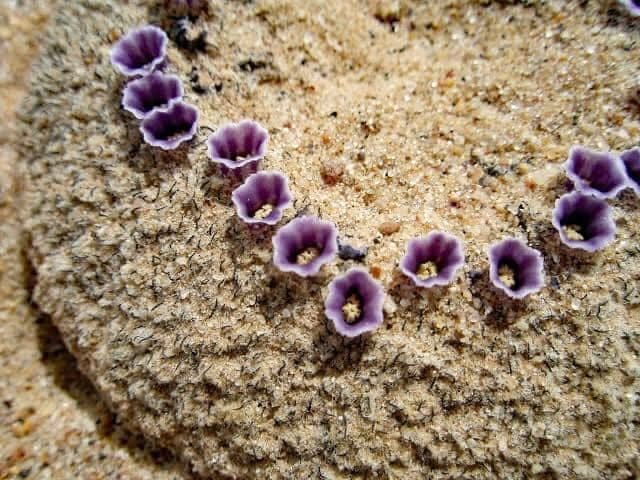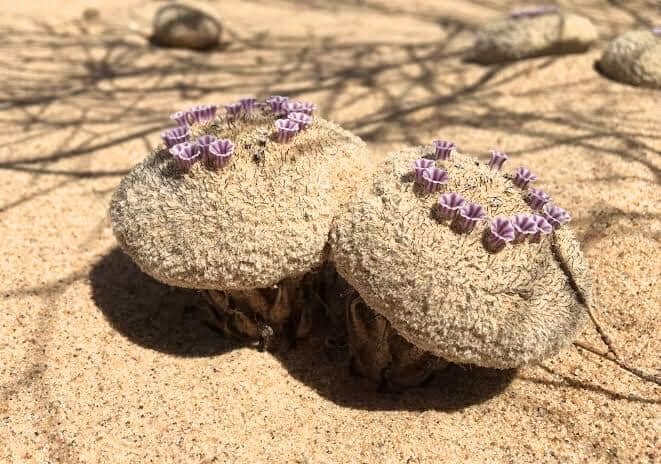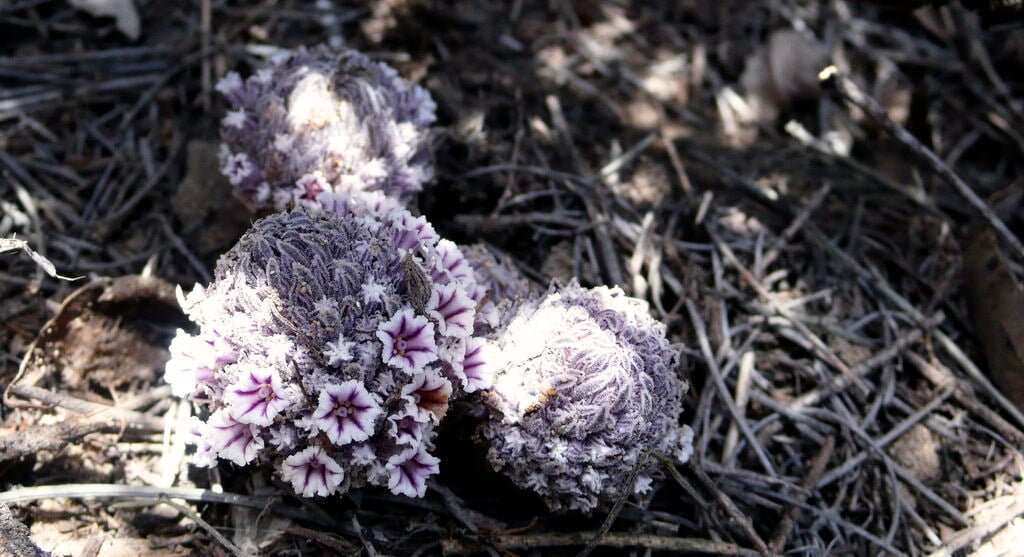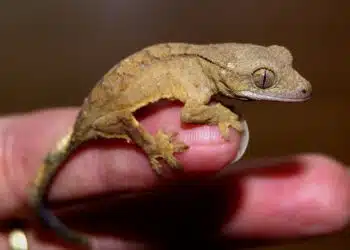Discover the Mysteries of Sand Food (Pholisma sonorae): The Unique Desert Survivor
The Sonoran Desert is home to many fascinating species, but few are as intriguing as Sand Food (Pholisma sonorae). This exceptional plant captivates ecologists, botanists, and nature enthusiasts due to its peculiar appearance and unique survival mechanisms. In this article, we will delve into the remarkable world of Sand Food, exploring its characteristics, habitat, ecological significance, and adaptations that allow it to thrive in one of the most hostile environments and nature on Earth.

Taxonomy and Classification
Sand Food belongs to the Boraginaceae family, separating it from other desert plants. What makes it truly unique is its parasitic nature. Unlike typical plants that rely on photosynthesis, Sand Food depends on other plants for survival, making it a fascinating subject of study.
Common Misconceptions
Many people mistakenly believe sand food is a harmful parasite that damages its host plants. While it is technically a parasite, Sand Food has adapted to coexist with its hosts without causing significant harm. This balance is crucial in the desert, where every plant is essential to the ecosystem. Another misconception is that Sand Food is rare and hard to find. It is prevalent in its natural habitat but often goes unnoticed due to its underground existence.

Ecological Role
Sand Food plays a vital role in desert ecosystems. Parasitizing dominant plants helps stabilize and diversify the vegetation. This plant also serves as a food source for numerous desert creatures, including rodents and insects. Ecologically, sand food helps maintain the balance of desert plant species, promotes biodiversity, and prevents one species from becoming too dominant.
Physical Characteristics
Sand Food stands out among desert plants due to its distinctive appearance. It lacks chlorophyll and leaves, common traits in most plants. Instead, it has a fleshy, bulbous body that is primarily underground. The visible part of the plant is a small, flower-like structure that rises out of the sand, making it easy to miss if you’re not looking for it.

Survival Mechanisms
Sand Food has developed several adaptations to survive in the harsh desert environment. Its underground lifestyle helps it withstand extreme dryness and high temperatures. The plant’s fleshy structure stores water, allowing it to endure long periods of drought. Parasitism ensures a constant supply of nutrients, which is especially crucial in nutrient-poor desert soils.
Habitat and Distribution
Sand Food thrives in the Sonoran Desert, which spans parts of Arizona, California, and Mexico. The plant prefers sandy soils in washes, dunes, and other well-drained areas. The region’s hot temperatures and minimal precipitation create the perfect conditions for Sand Food to flourish.

Life Cycle
The life cycle of Sand Food begins with seed germination. Once a seed germinates, the seedling searches for a host plant’s roots to attach to. After attaching, it extracts nutrients from its host and develops its underground structures. During the blooming season, usually in spring, small purple flowers emerge from the sand. These flowers attract pollinators like bees and insects, facilitating cross-pollination. After pollination, seeds are released from the flower pods, ready to germinate when conditions are favorable.
Symbiotic Relationships
Sand Food has intricate relationships with the plants and animals in its environment. It often parasitizes desert plants like the creosote bush and mesquite, indirectly influencing the distribution and composition of desert flora. The plant’s flowers provide nectar for pollinators, while desert animals like rodents and scavengers consume its seeds and fleshy parts. These interactions highlight Sand Food’s integral role in the desert food web and its contribution to biodiversity.

Threats and Conservation
Despite its adaptability, Sand Food faces several threats. Habitat destruction due to human activities like urban development and agriculture poses a significant risk. Climate change and prolonged droughts also exacerbate the stress on this fragile desert environment. Conservation efforts are crucial to protecting Sand Food and its habitat. Raising awareness about its ecological importance, promoting sustainable land use practices, and preserving natural desert areas are vital steps in ensuring its survival. Research and monitoring are also essential to understanding the plant’s population dynamics and implementing effective conservation strategies.
Research and Monitoring
Ongoing research is vital for the conservation of Sand Food. Scientists study its ecological role, population trends, and interactions with other species to develop effective conservation plans. Monitoring efforts help track the plant’s health and inform strategies to mitigate the impacts of environmental changes and human activities.

Importance in Ecological Studies
Sand Food offers valuable insights into the complexities of desert ecosystems. Studying this unique plant enhances our understanding of parasitic relationships, plant adaptations, and biodiversity. These insights are crucial for developing broader conservation strategies and appreciating the delicate balance of life in harsh environments.

Human Impact
Human activities significantly impact Sand Food and its habitat. Urban development, agriculture, and climate change threaten the delicate balance of the desert ecosystem. Mitigating these impacts requires concerted efforts to promote sustainable practices and protect natural habitats.
Conservation Efforts
Several organizations and initiatives are dedicated to conserving Sand Food and its environment. Strategies include habitat preservation, raising public awareness, and promoting research. Supporting these efforts is essential for the long-term survival of this unique desert plant.

Conclusion
Sand Food (Pholisma sonorae) is a testament to desert life’s resilience and adaptability. Its ecological significance, unique adaptations, and role in maintaining biodiversity make it an essential part of the Sonoran Desert ecosystem. Protecting Sand Food and its habitat is crucial for preserving this remarkable region’s natural and most valuable heritage. By understanding and appreciating this extraordinary plant, we can foster a more significant commitment to conservation and ensure that future and present generations can enjoy nature’s beauty and the desert’s biodiversity.
Also you can read an article about Richard Simmons Dies Just One Day After His 76th Birthday and more amazing articles in our website Bamboospanda.






